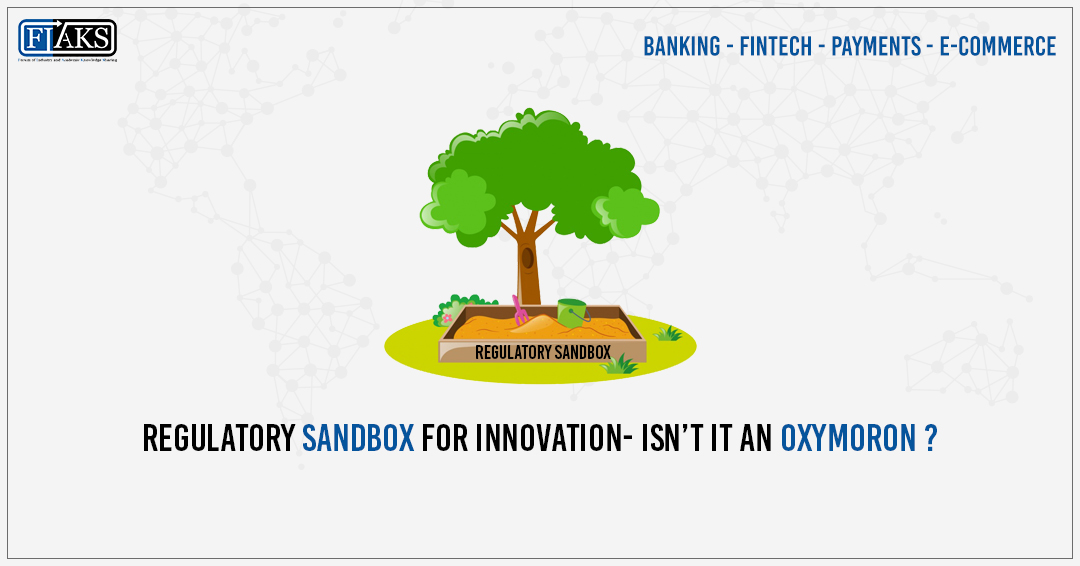Several Founders, Co-Founders, CXO Bankers, CXO Fintech professional & people who participated in the ePanel discussions:
- Mr Arushi Govil, Senior Manager – Legal, PayU Payments Pvt. Ltd.
- Mr Arun Tanksali, Co-founder & CTO, Nearex
- Mr Sunil Kulkarni, Joint Managing Director, Oxigen Services (India) Pvt Ltd
- Mr Sandeep Todi, Co-founder, Remitware Payments Inc
- Mr Sanjay Swamy, Managing Partner & Co-Founder, PRIME Venture Partners
- Mr Pratap Ghosh, Head Liabilities Product Group, Bandhan Bank Ltd
- Mr Neeraj Chandra, Head of Operations, Abu Dhabi Commercial Bank
- Mr Raghu Veer Dendukuri, Product Owner, Intandemly
- Mr C K Vardharajan, Vice President, Equitas Small Finance Bank Limited
- Mr Probir Roy, Co-founder, Paymate
- Mr Jolly Mathur, Director, My Mobile Payments Ltd
- Mr Shashank Chowdhury, Former Executive Vice President-Inclusion Initiative, Vakrangee Software Ltd
- Mr. Vikas R Panditrao, Co-Founder, Forum of Industry Academic Knowledge Sharing (FIAKS)
- Many other CEO/CXO Bankers & Fintech professionals on FIAKS Forum who requested to remain anonymous
The FIAKS community had an interesting discussion regarding the Regulatory Sandbox being introduced by the Reserve Bank Of India and how it will (or not) add value to FinTechs and startups. First of all, what is this Regulatory Sandbox?
As per CGAP- “A regulatory sandbox is a framework set up by a financial sector regulator to allow small scale, live testing of innovations by private firms in a controlled environment (operating under a special exemption, allowance, or other limited, time-bound exception) under the regulator’s supervision.”
To start off, one of the members expressed that the Regulatory Sandbox is a welcome move and it is a step forward, although not enough when compared to the other RegLabs in countries. The only apprehension here is that it shouldn’t just showcase progress and innovation, and later discover that nothing came out of it.
Another member said, “Good to see concrete action on the promise made last month. It has some good and some doubtful aspects. The well laid out process (even if subjective) with timelines, at this stage of the RS definition, for entry into the RS is good. A fairly wide range of domains is marked as allowed. Crypto gets kicked off cryptically. Not too enthused about the theme based cohort model of doing things – RBI is not an accelerator and should be more than open to an “as-they-come” model. Hopefully, this is just for now and a more open model will follow. Good to get this far though.”
One of the questions that came up was how exactly would this move by the RBI be helpful to startups, and what is the RBI doing that startups can’t do themselves. Well, here’s how it is helpful:
If you are a startup that can do whatever it likes, as long as it is compliant to current regulations, great! However, if you are doing something new and innovative that isn’t compliant with the regulations at present, then the Regulatory Sandbox is what you need. You can receive a temporary compliance waiver and pilot test your product/service.
But what if your startup idea isn’t exactly ‘new’? What if you’re doing something that is already being done by another organization? Here’s what a member explained:
“It can be copy paste but maybe not supported by current regulations. That’s why you need a sandbox. They usually impose limitations in terms of the number of users/transactions/volumes you can undertake in the sandbox regime. Once the concept is accepted and technology is proven it may entail case specific approvals subject to audit. This is what makes the sandbox exciting.”
If it is a complete copy of an already compliant business model, then it is obvious you wouldn’t need the RBI’s approval. However, the intent of such a model should not be to simply duplicate but to target a different market or have some form of innovation, which currently hasn’t been announced as compliant. Here’s an example:
“If ‘Bola’ does exactly what Ola does, clearly the RS makes no sense to either them or the RBI. But, if they had a different business model which is not allowed today, then the RS makes sense. Imagine if at the end of every ride you had an option to pay up to twice the fare with the difference (from the real fare) being treated as a loan to the driver who would pay back, with interest, that money at the end of the week. Ignoring the question of the viability of the business model, this would run afoul of current regulations. This would be a form of P2P lending with a far lower entry threshold and hence would make sense to be permitted to operate under an RS. The alternative today is to do/get-shutdown or seek permission/wait for eternity.”
A FIAKS community expert questioned the usefulness of the RS in terms of how many FinTechs have been to the RS since 2006, the growth in market size and the amount of capital that is deployed in FinTechs on account of RS compliance. Regulators could be deleterious to innovation because they aren’t entrepreneurs. And who is anyone to decide what business is viable and what isn’t?
Even after receiving a green signal from the RS and pilot-testing, the startup could still face heavy losses. This is a risk that must be borne by the entrepreneurs.
One of the concerns raised was about regulators rarely taking decisions on non-standard approaches and the Regulatory Sandbox being all about innovation. Would this contrast result in the regulators ever taking a lead in innovations that banks would follow?
Register and Read the discussions

